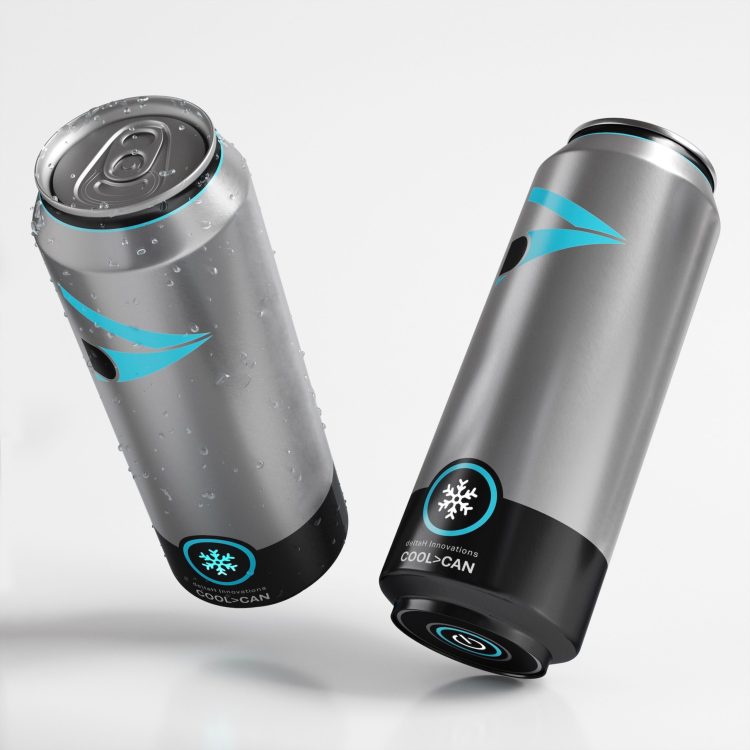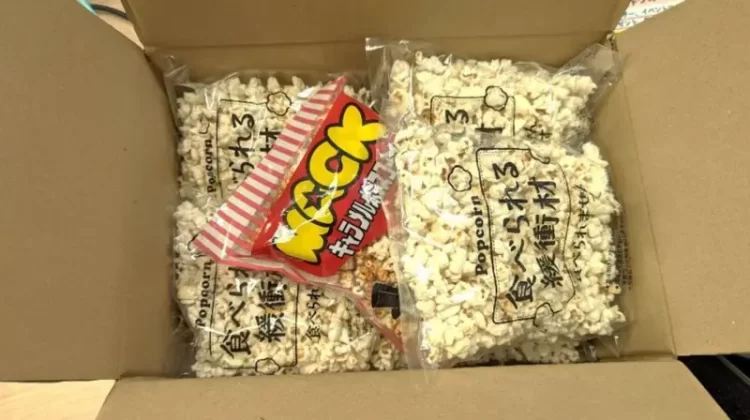Finally! Company Creates World’s First Self-Cooling Beverage Can

A London-based startup has come up with an innovative self-cooling beverage can technology that could soon make drink refrigerators obsolete. There are few things better than a cold drink on a hot summer day, but with energy costs and refrigeration-related carbon emissions increasing every year, it’s high time humanity came up with a better, more […]
Company Sells Bags of Popcorn as Edible Cushioning Material

A Japanese company came up with the genius idea of selling plastic bags of popcorn as an edible alternative to conventional cushioning materials like styrofoam pellets and cardboard. Azechi Foods, a popcorn manufacturer and delicacy wholesaler in Japan’s Kochi City, has become famous for using and selling popcorn not just as a snack but as […]
